Midtown South rezoning plan could create 4,000 new homes

Photo © 6sqft
The city released new details for its plan to create thousands of new homes in a predominantly commercial area of Midtown. The Department of City Planning on Friday released the Midtown South draft zoning plan, which details a 42-block rezoning to allow for high-density, mixed-use districts with 4,000 new homes, up to 1,110 of which would be income-restricted. The zoning changes would permit new housing in areas previously designated solely for commercial and manufacturing uses.
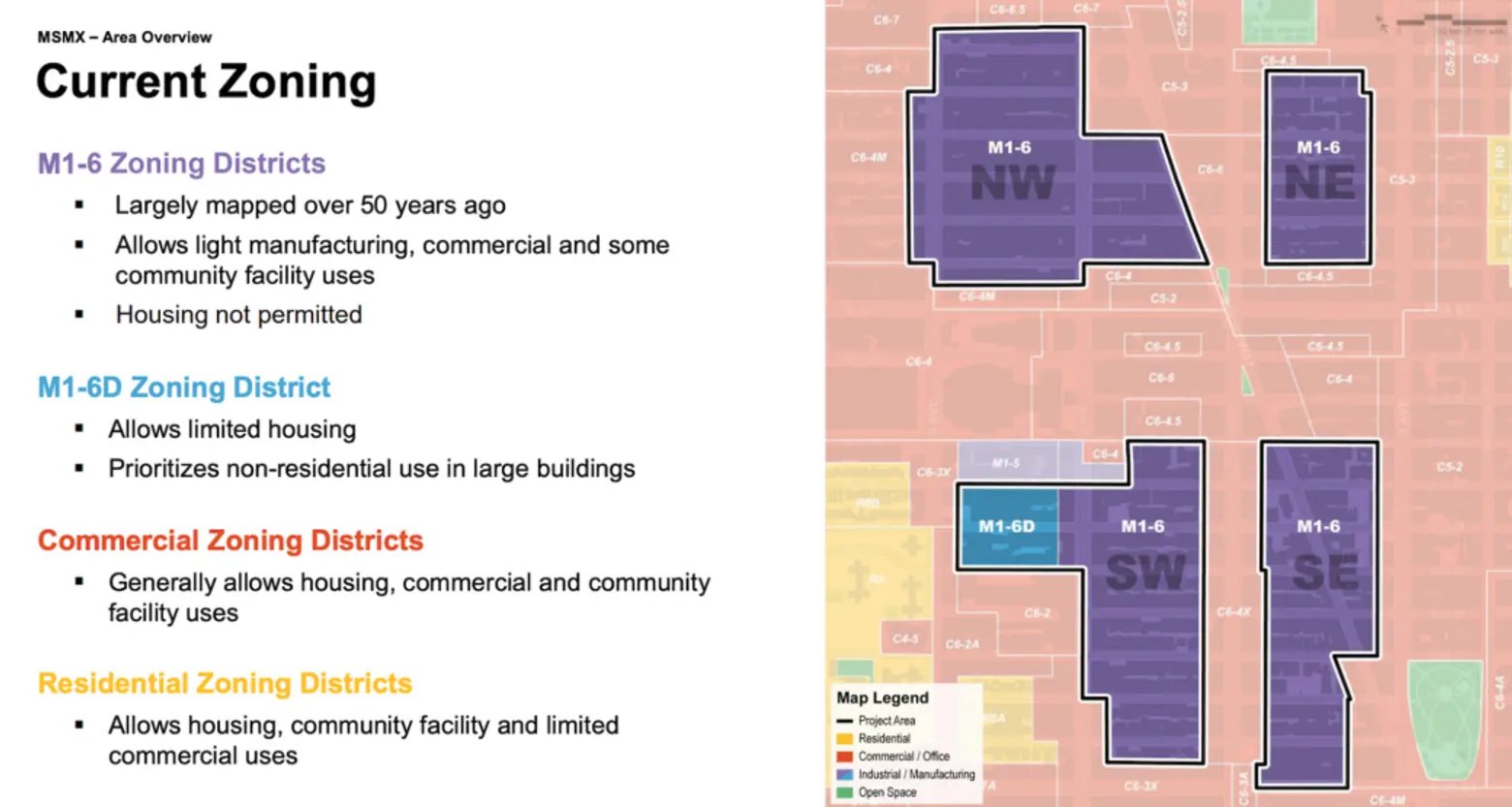
The zoning plan covers four quadrants of Midtown South between 23rd and 40th Streets and 5th and 8th Avenues, an area home to more than 7,000 businesses and 135,000 jobs.
While the neighborhood is an important economic hub for the city, a growing number of vacant office and retail spaces, older buildings, and outdated zoning rules make it difficult to build new housing.
The Midtown South Mixed-Use (MSMX) draft zoning plan seeks to confront these challenges by accelerating office-to-residential conversions, lifting restrictions on developing new housing, allowing for live-work opportunities, and boosting economic growth by supporting businesses and creating new jobs.
“This centrally-located, transit-rich area should be one of the most exciting, vibrant areas of the city, but outdated zoning is holding it back,” Dan Garodnick, director at City Planning, said. “Thanks to this community-focused planning approach, the future of Midtown South is looking bright.”
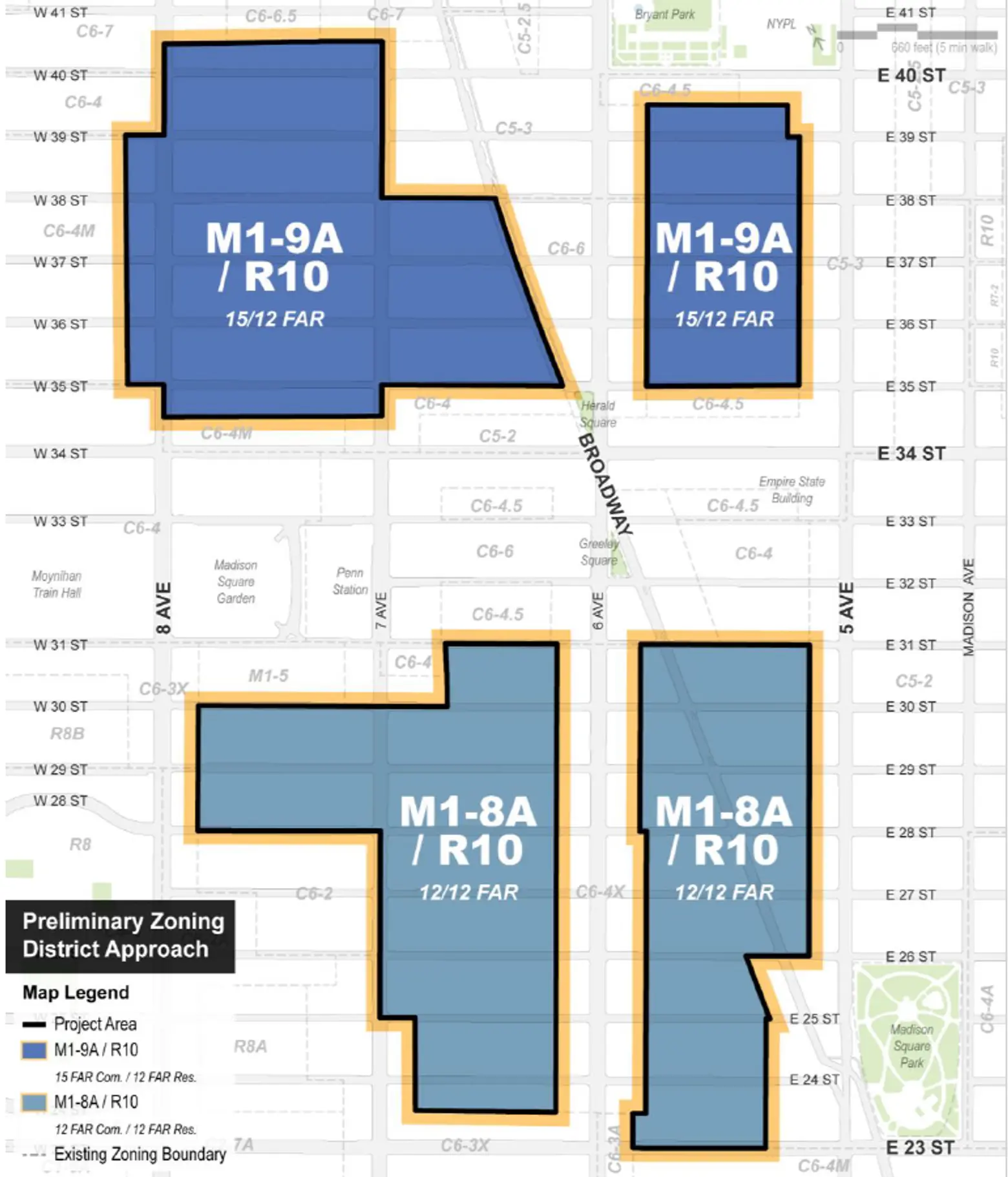
The plan envisions “high-density, mixed-use” zoning districts that permit residential uses in addition to commercial and manufacturing.
“The Midtown South Mixed-Use Plan will not only build housing that our city desperately needs, but it will also reinvigorate some of Manhattan’s most central, opportunity-rich neighborhoods, building on their dynamic possibility,” Manhattan Borough President Mark Levine said.
“The draft planning approach is a huge step in that direction, and I’m grateful to DCP for integrating so much stakeholder feedback into the vision.”
Following the plan’s release, DCP will conduct an environmental review and host a scoping meeting on Thursday, April 18, where the public can provide feedback. The agency will continue to conduct public outreach over the coming months before beginning the formal public review process at the end of the year.
This week, the City Planning Commission approved Mayor Eric Adams’ “City of Yes for Economic Opportunity,” a series of 18 citywide zoning reforms that will support New York City’s economic recovery. The proposed changes will boost up-and-coming industries, help businesses grow, support entrepreneurs and freelancers, and enhance streetscapes and commercial corridors. The plan now moves to the City Council.
In August, Adams first announced plans to update zoning laws in Midtown Manhattan to transform the neighborhood into a dynamic, live-work community with affordable housing and quality jobs.
As part of the plan, office-to-residential conversions would be expedited by allowing office buildings constructed before 1990 to be converted to housing. The current cut-off for conversions is 1961 or 1977, depending on the area. This could free up 136 million square feet of office space across the city to become apartments.
The changes would also allow for a wide variety of housing types, including supportive housing, shared housing, and dormitories.
“To continue driving New York City’s economic recovery forward, we must look to the future and not be bound by the past,” Adams said. “So many of our old zoning rules simply made no sense, but ‘City of Yes for Economic Opportunity’ will deliver long-overdue, sensible zoning changes that will unlock family-sustaining jobs for our neighbors, inclusive growth in our communities, and a vibrant future for our city.”
RELATED:
Interested in similar content?
Leave a reply
Your email address will not be published.
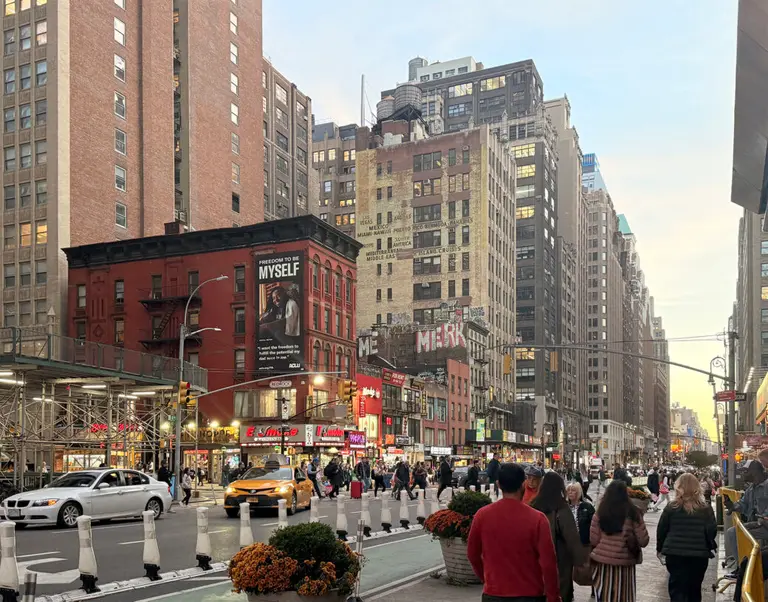
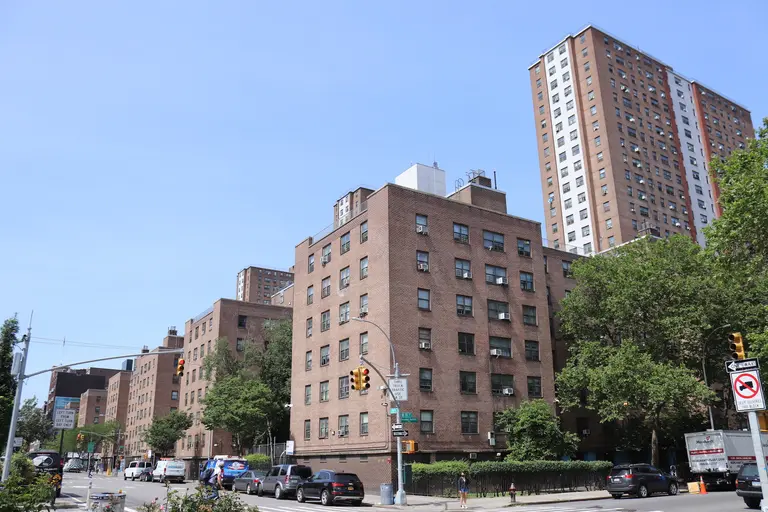












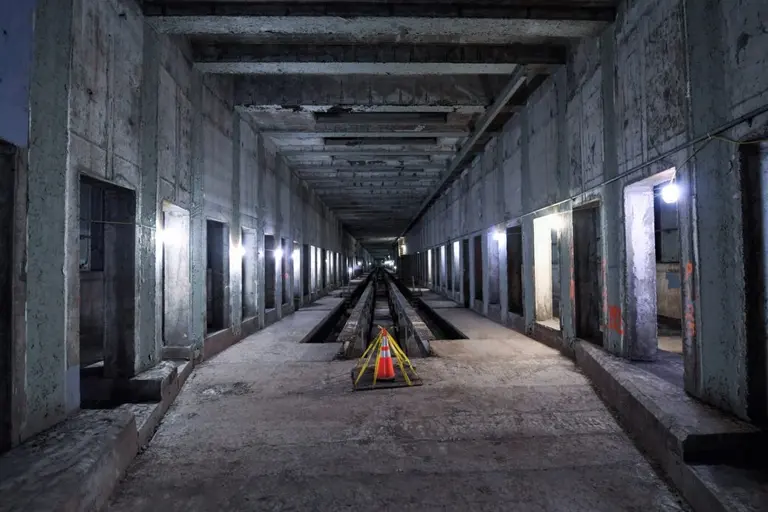












Would like to know more about office conversions to apartments AND what are the criteria for “mixed income housing” etc. is there a guide?